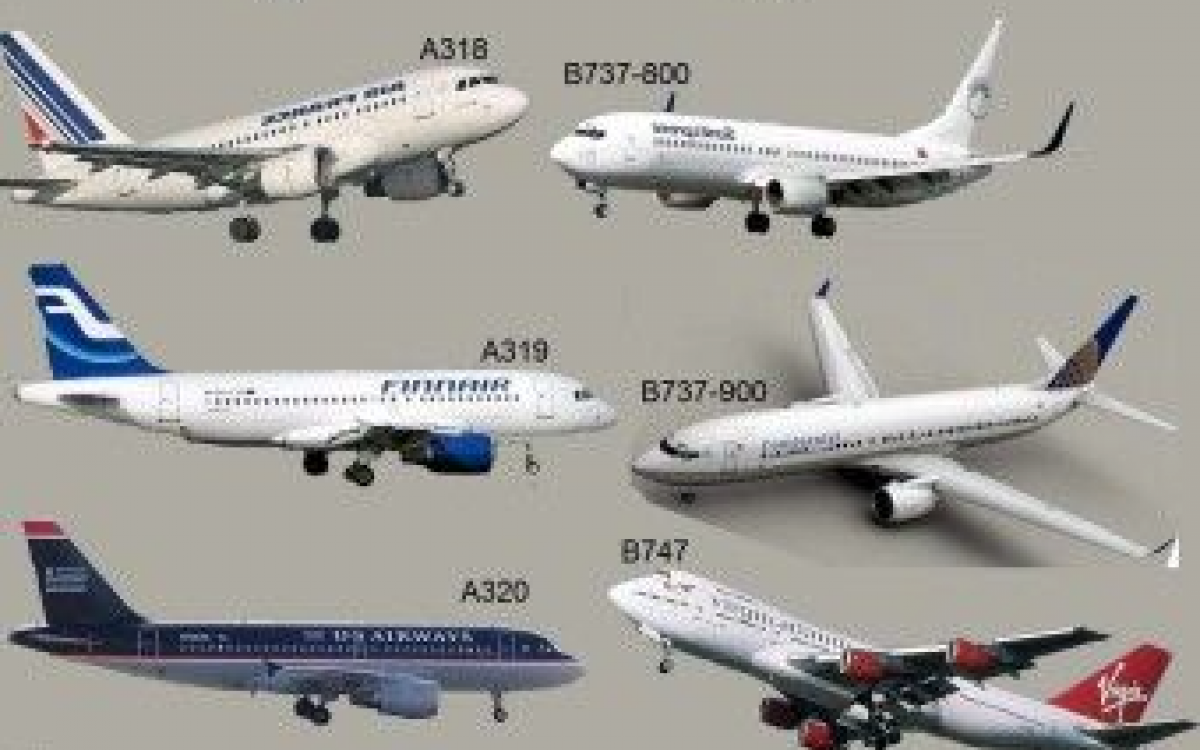Types of cargo aircraft
The selection of the appropriate aircraft for air transport in export and import operations does not depend solely on the amount of cargo but also on factors such as fuselage design, weight distribution, and specific flight characteristics.
In this article, we will explore the different types of cargo aircraft and how they are classified to meet diverse transportation needs.
What is lift, and why is it crucial for cargo aircraft?
Lift is an essential aerodynamic force generated when an aircraft moves through the air. This force is perpendicular to the aircraft’s path and enables it to remain airborne.
An important aspect of air cargo transportation is ensuring proper weight distribution. If the center of gravity is not properly balanced, the aircraft may experience a loss of lift, compromising flight safety.
Classification by fuselage
Narrow Body Fuselage
- These aircraft have a slimmer body, typically with a single row of cargo.
- They are ideal for short- and medium-haul routes.
- Limited capacity but efficient for transporting goods and light mail.
Wide Body Fuselage
- Designed with a wider body and space for multiple rows of cargo.
- Suitable for international flights and the transportation of large volumes of goods.
- Capable of handling larger containers and pallets.
Types of aircraft by function
Passenger Aircraft
In these aircraft, passengers travel on the main deck (Main Deck, MD), while cargo and mail are placed in the lower deck (Lower Deck, LD). This design optimizes space without compromising passenger comfort.
Freighter Aircraft (F)
- Exclusively designed for cargo transportation.
- Utilize both the main and lower decks to maximize cargo capacity.
- Equipped with mechanized systems for handling pallets and containers.
Combi Aircraft (M)
These aircraft combine passenger and cargo transportation on the same deck. They are generally used on special routes where demand for both passengers and cargo is balanced.
Classification by loading method
Palletized or Mechanized Aircraft
These aircraft are adapted to carry containers and pallets, facilitating the efficient handling of large or bulky goods.
Bulk Aircraft
Designed to transport loose goods. They are ideal for smaller-volume cargo that does not require specialized containers.
Importance of choosing the right cargo aircraft
Selecting the correct type of cargo aircraft ensures not only safety and efficiency but also cost reduction. Factors such as weight, volume, and route play a crucial role in this choice.
The types of cargo aircraft vary depending on their design, function, and cargo capacity. Understanding these differences is essential to optimize air logistics and ensure safe and efficient transportation. From narrow-body aircraft to combi models, each type serves a specific purpose in the global supply chain.
